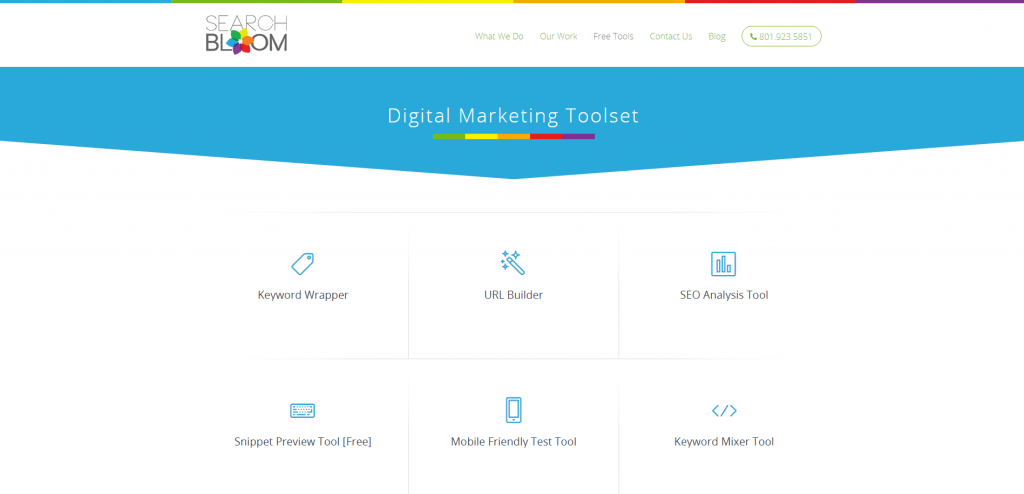Imagine you have visited two different websites. The first one had clear pathways to navigate, valuable information, and a common theme running throughout. The second one was poorly formatted, dotted with broken links, and deplete of the kind of information you were hoping to find. With websites like the second one, credibility is lost, reputation is questioned, and readers will quickly navigate away. So, what is the difference between the two? The answer is website siloing. The process of organizing data, links, and content in a manner that is accessible and easy to navigate is what creating a website silo is all about. As you prepare to begin, here is a simple guide to follow to give you direction along the way.
Step 1: Identify a Theme
Begin by selecting a theme for your website. A big part of this process is doing your research to identify the direction you should take in selecting a theme. This integral component will be a source of identification for your company, and a common thread that your customers will look for while perusing your content. Having a clear direction and confident sense of purpose enable you to make decisions about the kinds of content to post and where. This allows you to categorize material which can be used as a funnel to pass authority to the directories that live within.
Determining a theme is heavily reliant on research and analyzing historical data. Through detailed analysis you can build your silo around a theme that is consistent from the actual website name all the way through individual subfields. After gathering your information, create an outline that highlights your overarching theme or purpose at the top. From here, create sub-categories where users can select the specific material they are interested in reading. By looking back through historical information like who has visited your website, for what reason, and how often, you can identify what keywords and content your site is ranked for. From here, you can build upon that foundation and generate valuable data centered around this clear theme.
Step 2: Build Links
The next step is to build links that will direct your users through your website, to the data they are looking for. Links are a valuable and necessary navigational tool that have to be consistently improved, updated, and tested. Users that find your site to be confusing or inaccessible will quickly click out of it and find what they are looking for somewhere else.
You may consider formulating internal links that direct your users from page to page within your own website. This is an excellent option when your target is to guide an interested consumer to make a purchase. By carefully guiding them through the content on your site, you can encourage them to first discover, then envision product usage, and finally make a purchase.
Another valuable technique is to create outbound links. This approach involves taking your users to other websites for additional information that could be relevant or complementary to what you have provided. Because it is often misunderstood, many organizations are hesitant to link anywhere else, but their own website. However, outbound linking is incredibly valuable and can do a great deal to build your reputation and establish brand credibility when leveraged the right way.
Internal links, or cross links are not enough. You will also need links from trusted websites to power your website silo. The most effective way to do this? Create awesome content that people will naturally want to share. Then you will want to reach out to webmasters and bloggers that would benefit from linking to your site. Here is an example of our free tools page:

And here is an example of someone sharing our tool without us even reaching out: (It was even an SEO company, so I’ve hidden their name)

Step 3: Generate Authentic Content
Last but not least, is the process of generating authentic content that is built around your theme and carefully worked into your platform. While your website could be running flawlessly and be visually stunning, a shortage of the right kind of content could make your platform lifeless. There are many things you can do to highlight your product, service, reputation, and brand. These include developing content that is:
- Concise
- Authentic
- Relevant
- Informative
- Organized
- Readable
- Grammatically correct
- Professional
- Memorable
By taking the time required to brainstorm and write this kind of content, you can demonstrate your understanding of your audience’s needs, your loyalty to your brand, and your belief in your product or service. Material that has been proofread and effectively answers questions will play a vital role in reinforcing your silo structure and ranking your platform in highly popular search engines.
Website siloing is a process that is learned and must be constantly revisited to ensure it is still relevant and working. By identifying a common theme, building links, and then creating content centered around the foundational structure you have developed, you can be confident in your platform’s ability to meet the needs of your users.


